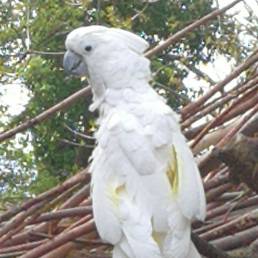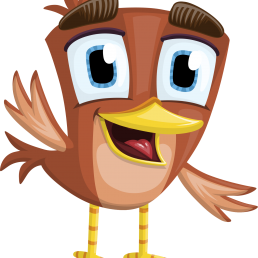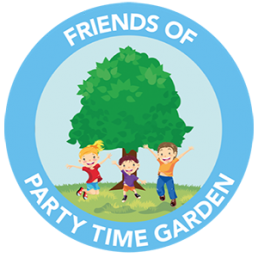Wingy the Cockatoo
Wingy has become there star of the show here at Partytime Garden. She is a white cockatoo whose cheeky ways and words has made her a real star. She can be a bit a diva and likes to get things her own way. She can also be a real sweetheart and seems to prefer the company of men, so watch out for your husbands!
She can be talkative when she wants but seems to prefer keeping her audiences waiting.

Description
The White Cockatoo is 48 cm (19 in) long, and weight are about 400 grams for small females and up to 800 grams for big males. The male White Cockatoo usually has a broader head and a bigger beak than the female. During their puberty the female White Cockatoo can begin to develop a more reddish iris than the male.
The feathers of the White Cockatoo are mostly white. However, both upper and lower surfaces of the inner half of the trailing edge of the large wing feathers are a yellow color. The yellow color is most notable on the underside of the wings because the yellow portion of the upper surface of the feather is covered by the white of the feather immediately medial (nearer to the body) and above. Similarly, areas of larger tail feathers that are covered by other tail feathers, and the innermost covered areas of the larger crest feathers, are yellow. Short white feathers grow from and closely cover the upper legs. The plumage of the cockatoos is less brightly colored than that of the other parrots, with species generally being either black, grey or white. Many species have smaller areas of color on their plumage, often yellow, pink and red, and usually on the crest or tail.
Diet
The cockatoos are versatile feeders and consume a range of food items. Seeds form a large part of the diet of all species; these are opened with their large and powerful bills. Cockatoos may feed either individually or in flocks that range in size from small to quite immense. The Galahs, corellas and some of the black cockatoos feed primarily on the ground, others feed mostly in trees. The ground feeding species tend to feed in flocks, which can wither feed in tight, squabbling groups where seeds are concentrated, or in more dispersed lines where the seeds are less concentrated and more widely distributed.
While some cockatoos are generalists taking a wide range of seeds, others are specialists. The Glossy Black Cockatoo specializes in the cones of Allocasuarina, often a single species, which it holds in its food and shreds with its powerful bill before removing the seeds with its tongue. Some species take large numbers of insects, particularly when breeding. The large bill is used in order to extract grubs and larvae from rotting wood. The amount of time cockatoos have to spend foraging varies with the season. During times of plenty, they may only need to feed for a few hours in the day, in the morning and evening, and spend the rest of the day loafing, but during the winter most of the day may be spent foraging. During hard times the cockatoos also display versatility in their diet, travelling widely in order to find food, feeding on more green plant material
Habitat
The umbrella cockatoo is native to the islands of Indonesia, where it lives in tropical rainforest.
Did You Know?
- The cockatoo certainly makes a charming, affectionate pet, but it’s not for everyone. This bird can be as fickle as the weather, playing one minute and screaming and nipping the next. Birds will be birds, with all of their quirks and caprices, and they are no exception.The cockatoo desires nothing more than to cuddle with the object of its desire, and can become overly attached to other birds or objects in the pet shop, leading to serious disappointment when these birds or objects are sold — these birds are extremely sentimental! In the wild, the umbrella is never without a companion, and the captive umbrella has the same instinctual patterning to bond to a mate, or at least to have a special friend. The best way to make a cockatoo unhappy is to keep it in isolation.

Online Ollie
Ollie loves to sit and watch what’s going on in the garden. Like many owls he is mostly nocturnal, or active at night. Owls spend their days roosting, or resting, in a safe perch. If they spend too much time on the ground, even these top predators may fall prey to opportunistic ground predators like foxes. So while Ollie enjoys his rest we have created an online version who can help you find your way round the garden.
He is even wiser than old Ollie, and has the power of the internet behind him, so he can visit you online and answer your questions. So say hello to Online Ollie Today.
Get Involved
Ollie and His Friends Have Great Appetites
Why Not help us Feed Ollie and his friends, each year at the Garden our animals are fed and cared for by volunteers supported by the public. So if your would like to help us care for our animals why not donate today and then come join us for feeding time and meet your animals in person.
